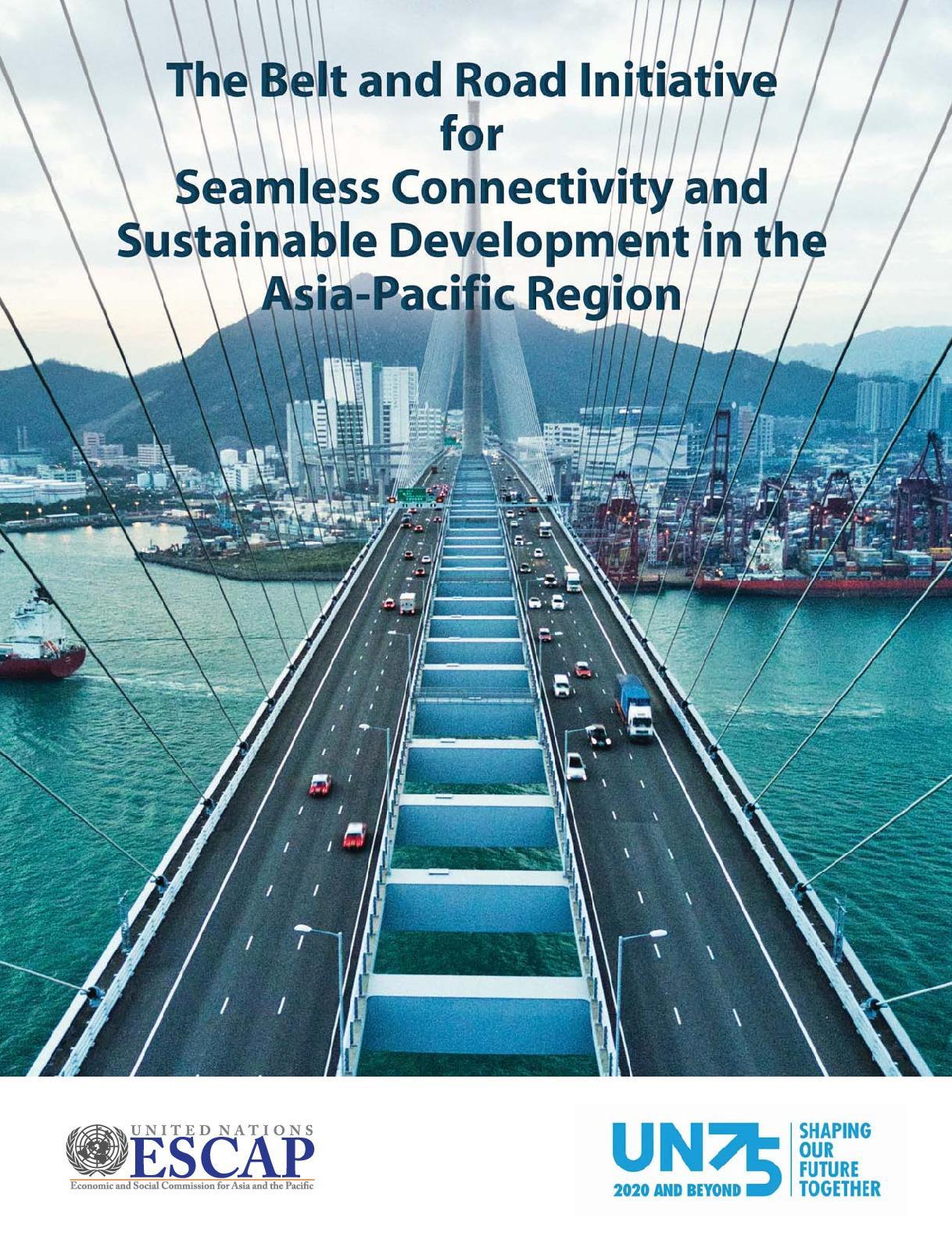The Belt and Road Initiative for Seamless Connectivity and Sustainable Development in the Asia-Pacific Region
The Belt and Road Initiative (BRI) is a long-term corridor-based transcontinental development strategy for enhanced global economic cooperation and integration. The Initiative, based on a proposal made by the president of China, Xi Jinping in 2013, strongly focuses on improving and creating new connectivity through an infrastructure led massive development programme and collaboration among countries along six international economic corridors.
Since its official launch, the BRI has seen many progresses. Many countries and international organizations have signed memoranda of understanding and collaboration agreements with China for implementation of the Initiative. Furthermore, many studies show positive impacts of the BRI’s infrastructure development on the economy, income, poverty reduction, employment, equity and inclusion. While the estimates vary, the potential gains from the Initiative are very large. One estimate indicates that annual global welfare gains would be approximately $1.6 trillion in 2030, accounting for approximately 1.3 per cent of the global gross domestic product (GDP). Gains to the GDP and welfare of BRI countries are estimated to be even higher – at approximately 3.4 per cent of GDP for BRI countries and 2.61 per cent for non-Initiative countries. Findings of multiple studies show that transport networks have a beneficial effect on social inclusion in terms of education and gender equality and empowerment of women. In addition, the Initiative could potentially contribute towards lifting 7.6 million people from extreme poverty.
While the economic and poverty eradication impacts of the BRI are momentous, it may be less so from the environmental aspect. While the estimates show modest increase in global CO2 emissions in 2030, some BRI countries in Asia-Pacific region may see higher increase in CO2 emissions than the others. This reflects the potential for green principles to be applied to further enhance the environmental aspects of the BRI. The scale of planned BRI offers a viable opportunity for the region to narrow the infrastructure financing gaps while moving towards the successful implementation of the 2030 Agenda and the Paris Agreement on Climate Change.
With more than 30 member and associated member countries of ESCAP among the BRI countries (with geographical location along the 6 BRI corridors), there is a need for the region to effectively manage these opportunities as well as the challenges associated with the BRI to maximize the development benefit for the Asia-Pacific region and ensure the alignment with the regional vision of seamless connectivity that seeks to address the economic, social and environmental dimensions of the connectivity in a balanced and integrated manner as specified in the Regional Roadmap for Implementing the 2030 Agenda in Asia and the Pacific. Considering the objective and potential of the Initiative to serve as an important policy intervention tool, the study reviews progress in BRI development, focusing on transport corridors, and wider benefits and costs of such corridor development. The study also analyses the COVID-19 pandemic implications on the BRI and explore the green development aspects of the BRI. Furthermore, the study provides recommendations and the way forward to address the economic, social, environmental and pandemic-related issues of the BRI connectivity for sustainable development in a balanced and integrated manner.



